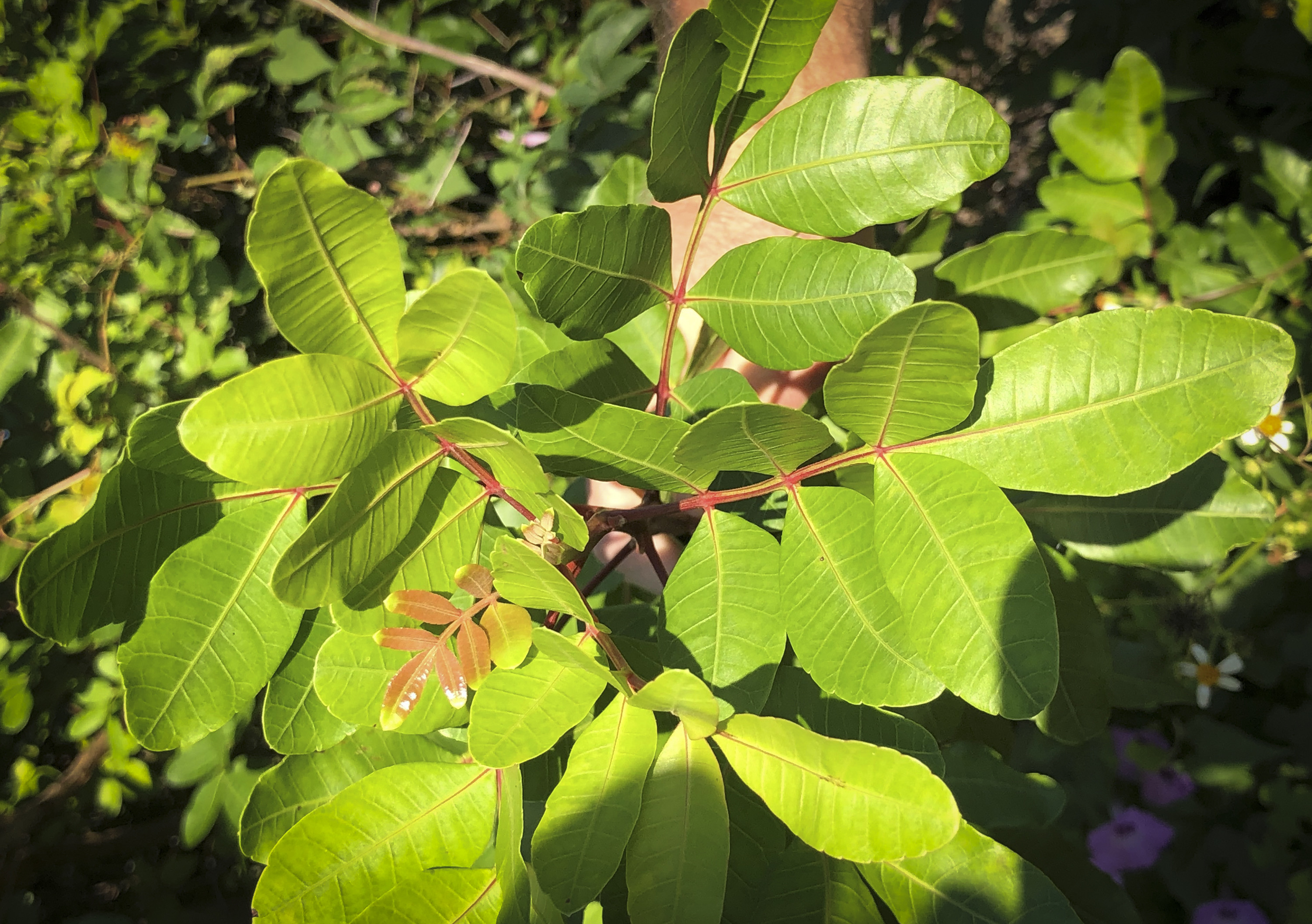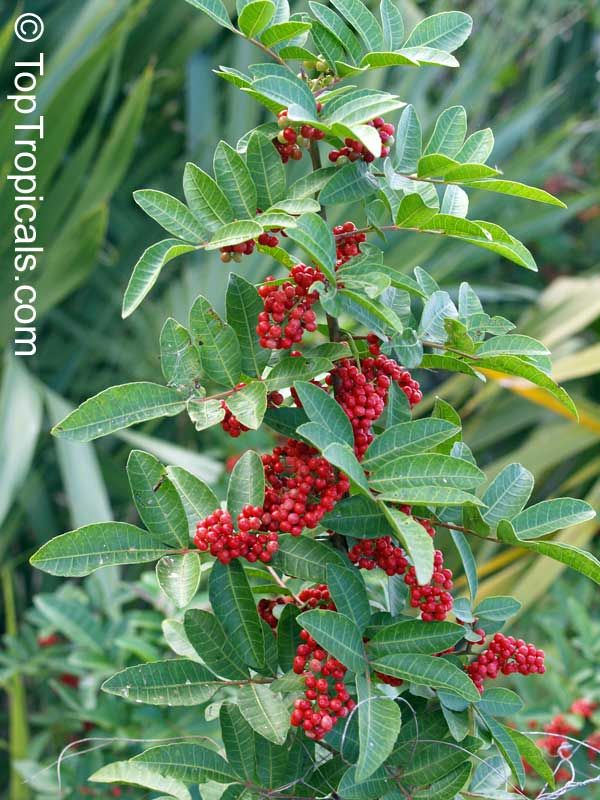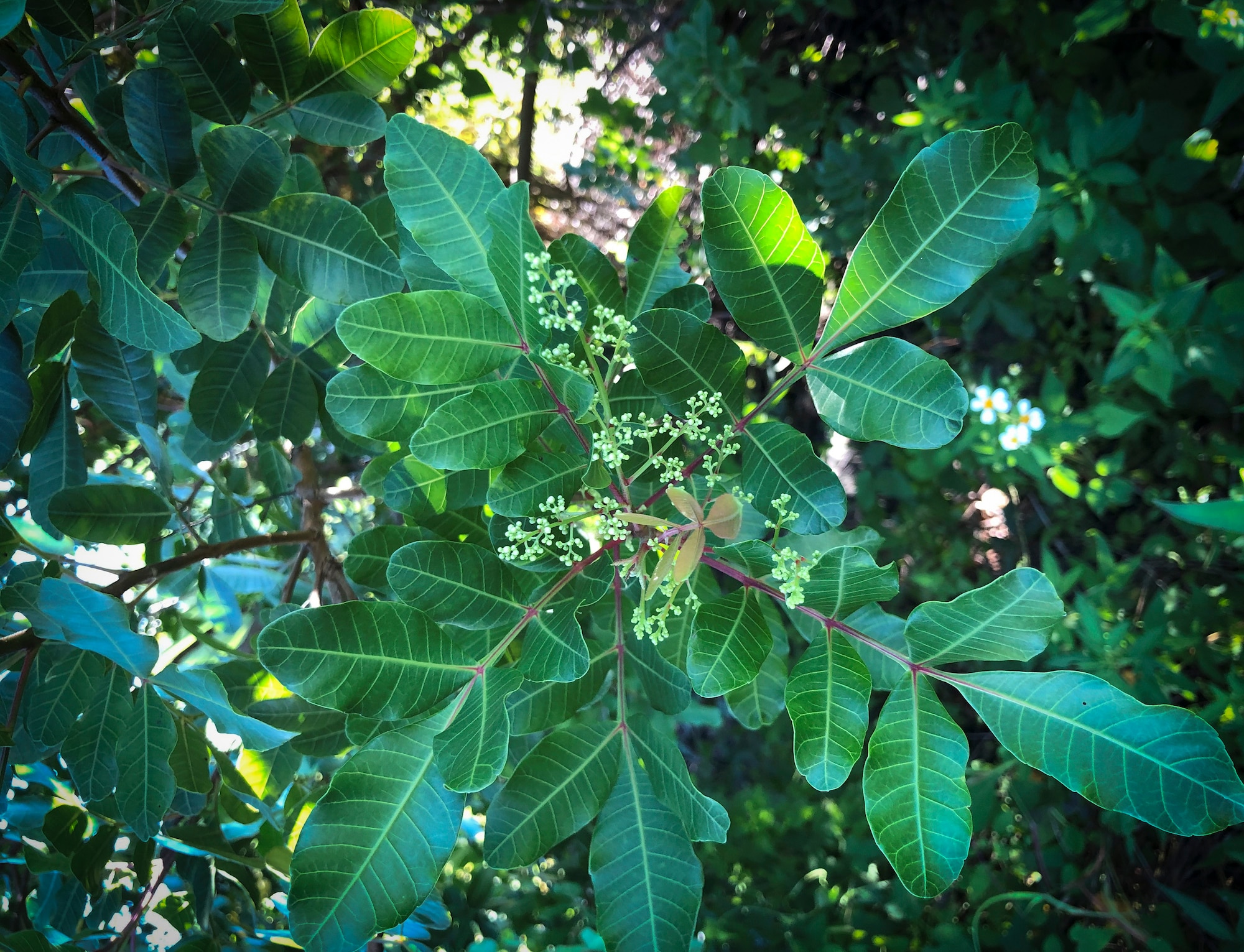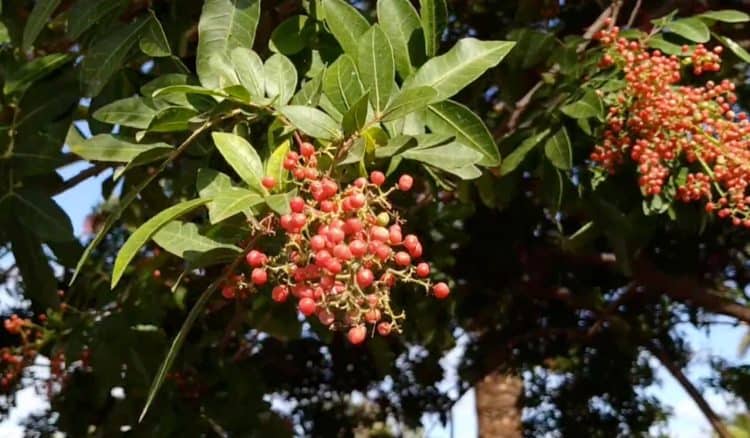brazilian pepper tree rash
Exposure to the inner bark of freshly cut Brazilian pepper trees can result in a skin rash. N this does lead to other reactions to bodyYou may do following to have relief-1Just wait watchIt is the time which is the best.

Brazilian Pepper Tree Facts And Health Benefits
This subtropical plant species is a relative of poison ivy.

. Many Floridians hate it because it is a common source of contact dermatitis similar in nature to poison ivy. Though its name is similar to that of the black pepper plant the tree doesnt contain actual pepper. Brazilian pepper tree roots produce suckers that give the tree a dense thicket appearance if they are not removed.
It sends up root suckers and new shoots when it is cut. This most hated plant can invade aquatic as well as terrestrial environments making it doubly dangerous. Leaves are alternate pinnate with narrowly winged green finely hairy axis.
Contact with most parts of Brazilian pepper can cause an itchy skin rash and sometimes inflammation and swelling of the face and eyes. October 17 2017 Stephen J. Brazilian pepper-tree is an evergreen shrub or small tree 3-10 m tall occasionally 15 m.
The Brazilian pepper tree Schinus terebinthifolius or Florida holly may be the most common cause of allergic contact dermatitis in southern Florida. New areas of rash often continue to develop for 7 days. The rash commonly develops blisters.
The sap is aromatic and resinous. Klemawesch MD The Brazilian Pepper tree also known as the Florida Holly is an invasive species from South America that has spread throughout Florida and the Southeastern US. Physical contact with sap can cause severe skin irritation in the form of rash and itching.
Therefore breaking these blisters does not cause the rash to spread. Brazilian pepper tree is native to Argentina Paraguay and Brazil. Afterwards the red raised rash is noticed.
Bark is gray smooth or becoming furrowed into long narrow flat ridges. Native to central South America the Brazilian pepper tree was originally introduced to Florida as an ornamental plant in the mid-1800s for its attractive foliage and clusters of small. Easy to care for once established it requires little to no water.
Touching the leaves or oil from the plant can cause an itchy rash with blisters. This spreading of the rash occurs when the plants oils spread around to new areas. Touching the Brazilian pepper often results in skin irritation and blistering itchy rashes.
21 September 2017. Eating the seeds can result in death for humans and dogs. Brazilian pepper red berries and leaves can cause vomiting and the sap can cause a rash in sensitive people.
The Brazilian Pepper is an attractive medium to large shade tree ideal for use in a patio or garden setting. After an individual who. The fluid from these blisters cannot spread the rash.
Brazilian pepper tree also called Florida holly Poisonwood tree If you are allergic to poison oak or poison ivy then assume you are allergic to all of these plants andor plant parts. Airborne bloom emissions can cause sinus and nasal congestion chest pains sneezing headaches and eye irritation to. The Brazilian pepper tree is also known as the Florida Holly or the Christmasberry tree.
Wear gloves long-sleeve shirts long pants and eye protection when cutting Brazilian pepper trees. The flowers and fruits can cause respiratory irritation. Native to Brazil and right at home in the Southwest homeowners can expect moderate growth from this drought tolerant water wise tree.
The sap and crushed berries possess a variety of sensitizing phenols. Brazilian Pepper Schinus terebinthifolius is one of the worst exotic pest plants in Florida. This subtropical plant species is a relative of poison ivy.
Dogwood tree Leaves of Three Let It Be. Fact 2 - The rash comes from direct contact with urushiol The rash begins when you touch ingest or breathe the urushiol allergen. Up to 15 cash back Hello The rash from brazilian pepper does occur due to substance of the category known urshiolThe corticosteroids used for treatment for this rash in less then the doses of 2 are useless more temporary relief.
Brazilian pepper can. Afterwards the red raised rash is noticed. Brazilian pepper-tree is native to Argentina Paraguay and Brazil.
It comes from the family of flowering plants known as Anacardiaceae also called the cashew or sumac family. To Find a Suitable Treatment For a Rash It Is Important To Determine The Causes Of. Brazilian Pepper is in the same family of plants as Poison Ivy Poison Oak and Poison Sumac and thus can cause extreme skin irritation and cannoot be burned.
Just trimming Brazilian pepper especially when in bloom can cause these. Leaflets often have inconspicuous small blunt teeth toward tips are. Like poison ivy Brazilian pepper is a member of the Anacardiaceae family.
The species was brought into Florida in mid-1800 for use as an ornamental plant. Its species name is Schinus terebinthifolius. The Brazilian pepper tree is a highly aggressive prolific and hardy shrub.

Brazilian Peppertree Invading Eglin Ecosystem Eglin Air Force Base Article Display
Brazilian Pepper Tree On Most Hated Plants List

Poisonous Plants Mushrooms Queensland Poisons Information Centre

Brazilian Pepper Tree Mlalazi Estuarine Floodplain Inaturalist

Brazilian Peppertree Schinus Terebinthifolia มะต มแขก Madtuum Khaaek Thaifoodmaster

Tasting Hawai I With Moloka I Chef James Temple Is The Hawaiian Christmas Berry Toxic

Brazilian Pepper Tree Mlalazi Estuarine Floodplain Inaturalist

Mgipsf Schinus Terebinthifolius Bugwoodwiki

Ornamental Shrubs And Trees Brazilian Pepper Tree Schinus Terebinthifolius Photo Cultivation And Maintenance Planting And Watering Characteristics And Description Seedlings

Brazilian Peppertree Invading Eglin Ecosystem Eglin Air Force Base Article Display

Pinellas County Extension Timely Topics Toxic Plants

Brazilian Pepper Matbio Trees Amp Shrubs Matanzas Biodiversity Inaturalist

Dangerous Brazilian Red Pepper Trees Spoonbill Courier

Avoid The Brazilian Pepper Tree Schinus Terebinthifolius An Invasive Species Gardening Channel

